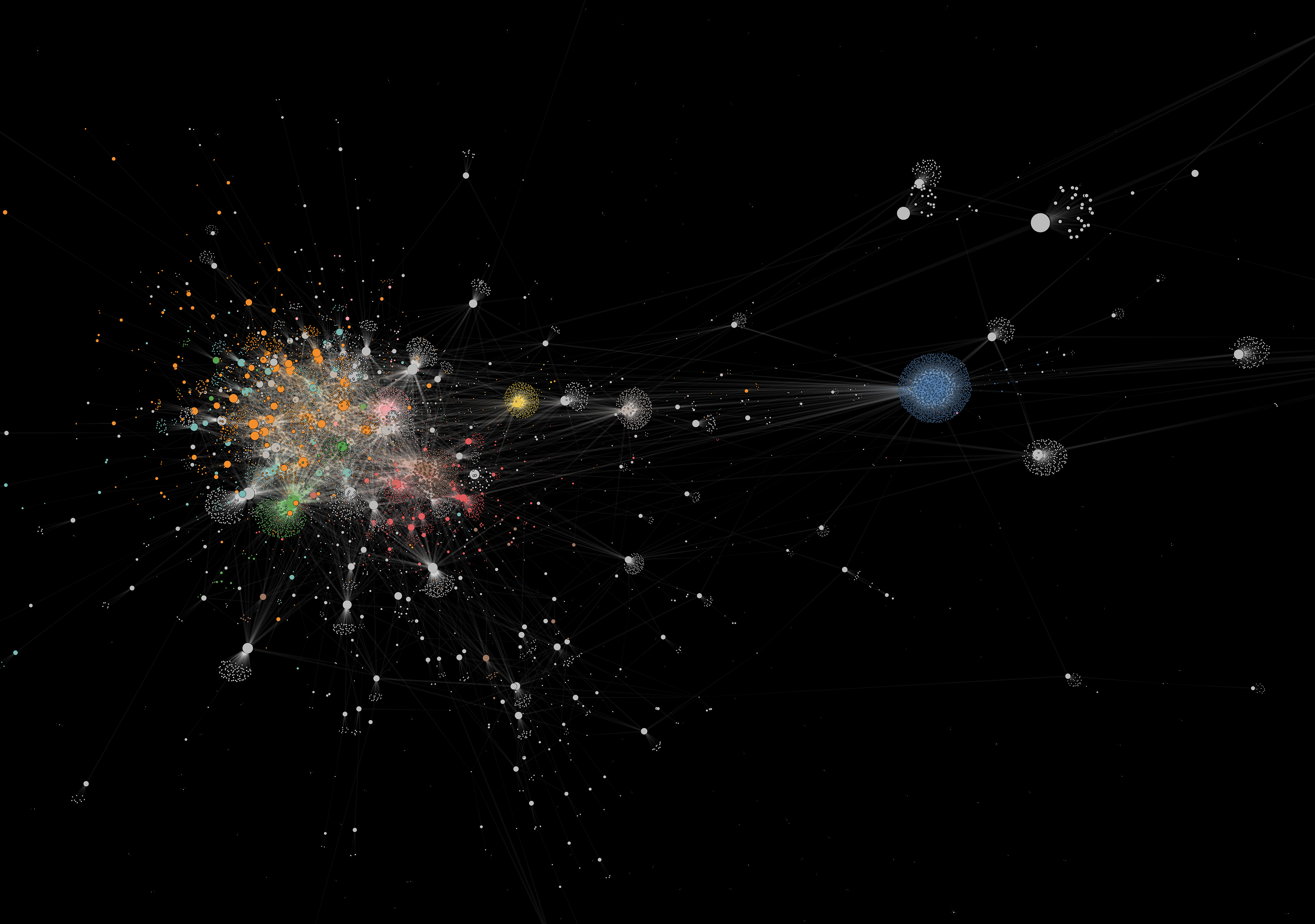BLOOMINGTON, Ind. — The Observatory on Social Media, or OSoMe, at Indiana University has launched three new or revamped no-cost research tools to give journalists, other researchers and the public a broad view of what’s happening on social media.
The tools help overcome some of the biggest challenges of interpreting information flow online, which is often difficult to understand because it’s so fast-paced and experienced from the perspective of an individual account’s newsfeed. It can also be influenced by bots and other programs, distorting the picture of what is actually going on.
“You often hear something is going viral, but how?” said Filippo Menczer, director of OSoMe and Luddy Distinguished Professor of Computer Science and Informatics in the IU Luddy School of Informatics, Computing and Engineering. “Our tools show you what the conversation is, who the players are, what the viral messages are, and you can even visualize polarization. It provides a place for exploration of topics and how they work together.”
- The Networks Tool, which has recently been updated, creates an interactive map (now in 3D) to explore how information spreads across Twitter. Users can visualize who is retweeting or mentioning whom on a particular topic, or which hashtags are being used with other hashtags, and all data can now be exported. Using the tool, researchers, educators, journalists and the general public can see, at a glance, the complex networks that drive our online experience.
- The Trends Tool helps users analyze the volume of tweets within a given hashtag, URL or keyword over a given period of time. This tool shows which topics are trending and what is going viral. It can be particularly valuable to brands and businesses to see if their associated hashtags are trending, and users can even look up stock ticker symbols to see which stocks people are talking about.
- The new BotAmp Tool enables users to pinpoint likely bot activity for tweets filtered by a search term. BotAmp is built upon the foundation of Botometer, a popular bot detection system developed by OSoMe, and is designed to help journalists understand whether something is being falsely amplified by bots or not.
“We run a very fast algorithm called BotometerLite that looks at an account profile and gives a score based on that profile,” said Kai-Cheng Yang, a Ph.D. student at OSoMe who designed BotAmp. “A high score means the profile is likely automated, and a low score indicates the profile is likely human.
“We can’t tell for sure if it is a bot, but we can tell if it looks very similar to one. We then look at the distribution of the scores of the profiles involved in the tweets that match the search term. BotAmp performs a statistical analysis to determine if the activity is likely amplified by automated accounts, compared to a baseline.”
OSoMe’s tools leverage a huge stream of data — roughly 50 million tweets a day — collected from Twitter. It equates to roughly 10 percent of public tweets, which are then analyzed and indexed for use through these tools.
Users can visualize data from any given month from the previous three years. Most tools don’t allow users to go back as far, Menczer said.
“There’s always a lot of debate about what’s going on online,” he said. “These tools are meant to help the public study these things and see for themselves.”
